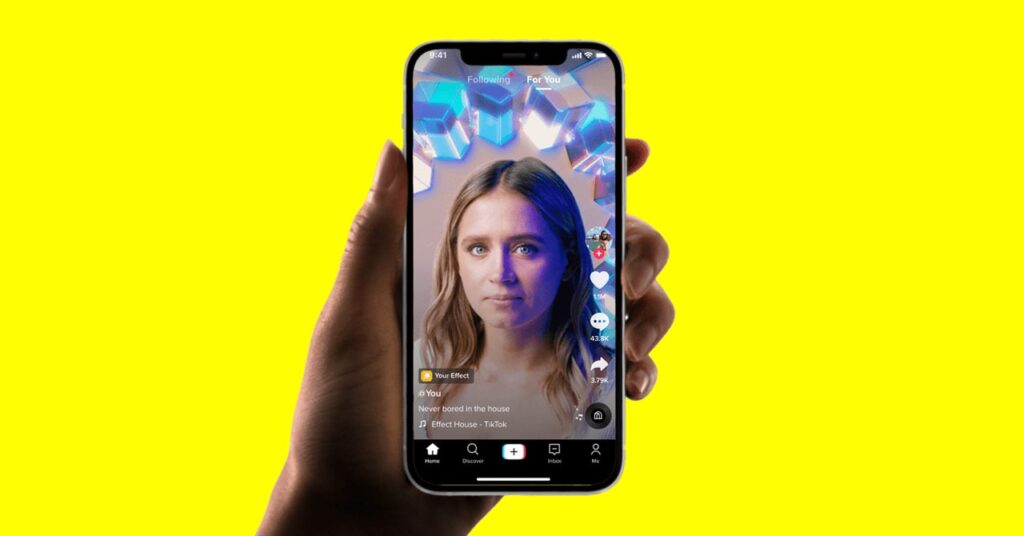How to Create an Augmented Reality Filter for TikTok
From Paris to Dubai, I spoke with designers around the world about the process of creating AR effects for social media….


In addition to the social applications of AR, the pragmatic uses fascinate Bouffard. For example, your public transportation card could be used to display a route map. He says, “Social AR can get you a lot of views and a lot of exposure, but then more technical AR lets you discover interesting tools, and it gets recognized by the community.”
According to Kuzlin, different platforms are better suited for different types of filters, “In my opinion, Instagram leans more into beauty filters, Snapchat leans into something more technically advanced, and TikTok leans towards the fun and crazy.” He emphasizes the ephemeral culture of TikTok: “It’s important to know that the trends appear randomly, and they can last one week, two weeks, maybe a couple of months. It’s really important to join trends quickly.”
Even someone with a well-established niche within the AR community finds it necessary to stay flexible and adapt to what audiences want. Sophie Katirai is a creator from Canada who now lives in Dubai and creates makeup filters. She even sold one to Kylie Jenner. Katirai compares the ever-changing and cyclical trends of the fashion industry to the trends she sees emerging in AR filters.
She says, “I try to be more natural now, because I don’t want to be misunderstood or make anyone feel like they weren’t beautiful enough so they need this filter to change their face.” Although Katirai sees more natural makeup effects as en vogue, a segment of her fan base misses the more fantastical face filters with saucer eyes and plumped lips.
The Reality-Bending, Copycat Future of Social AR
As you try your hand in filter creation, remember that social media is mimetic. Platform designers iterate on the features of other platforms. Creators take from creators, sometimes in harmful ways. Designers who create popular AR filters see copies and variations of their work proliferate across platforms. Don’t be caught off guard when one of your filters takes off and copycats instantaneously pop up.
Speaking about his TikTok filters, Kuzlin says, “After the Krissed filter, I recreated my Anna Wintour filter with her signature haircut and the glasses.” He made the effect first for Instagram. Kuzlin thinks someone in-house at TikTok saw the filter’s wide use and created the Pixie Shades filter for their platform. After discovering the similar filter, he felt spurred to submit his iteration to TikTok. Kuzlin’s ANNA effect is currently in over 110,000 videos; TikTok’s Pixie Shades effect is currently in over 180,000 videos. (Full disclosure: Anna Wintour is the global editorial director of Condé Nast, WIRED’s parent company.)
Who has the right to represent real people and physical objects in AR? It makes sense to allow anyone to add a 3D model of a cardboard box to their unique effect on social media, but what if the box is made to look like it contains the elusive PS5? As our synthetic realities continue to dissolve the boundary between physical and digital, more complicated questions arise about our relationship to AR. A simple filter you create for TikTok has the potential to alter people’s perception of the real.
Concerning makeup and other beauty filters, Katirai believes that a positive future for social effects may allow more detailed personalization on the user end. “I think the future could be giving people the flexibility to decide what they want the filter to do,” she says.
Although a push to learn AR skills is not yet as ubiquitous as the tech industry’s learn to code mantra, the worthwhile ability can be a great creative outlet for beginners and a moneymaking endeavor for the more seasoned. Bend reality to your vision, then see who decides to follow and the tweaks they contribute along the way.




